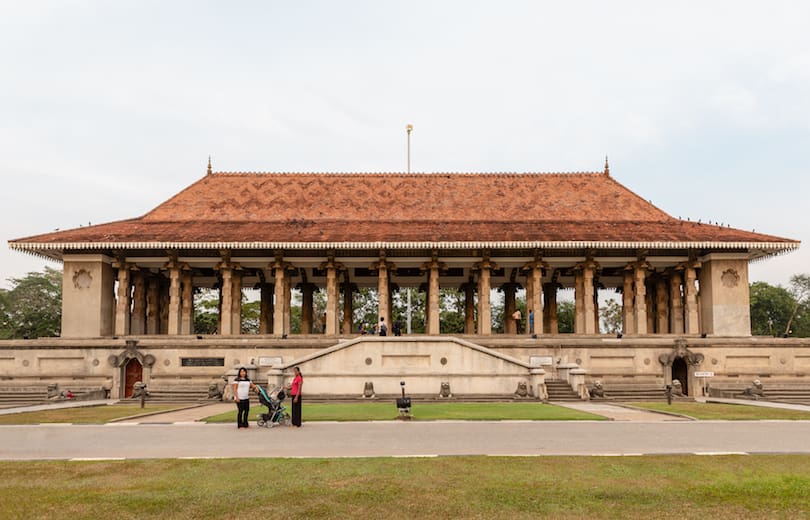Sundarbans National Park, located in the Indian state of West Bengal, is a unique natural wonder that is famous for its rich biodiversity and cultural heritage. The park is part of the Sundarbans delta, which is the largest delta in the world and is formed by the confluence of the Ganges, Brahmaputra, and Meghna rivers. The Sundarbans delta is home to one of the largest mangrove forests in the world, and it is also the habitat of the Royal Bengal Tiger, which is the most iconic species of the region.
History of Sundarbans National Park
The Sundarbans region has a rich historical significance, and it has been mentioned in various ancient texts and legends. The region was an important trading center in ancient times, and it was also known for its rich natural resources, such as timber, honey, and wax. In the 19th century, the British established several settlements in the region, and they also started exploiting the natural resources of the area.
The national park was established in 1984, with the aim of conserving the unique biodiversity of the region and protecting the Royal Bengal Tiger. The park was declared a UNESCO World Heritage Site in 1987, in recognition of its ecological importance and cultural significance.
Geographical Features of Sundarbans National Park
The Sundarbans delta is located in the eastern part of India, and it covers an area of approximately 10,000 square kilometers. The delta is formed by the confluence of three major rivers, and it is characterized by its intricate network of rivers, canals, and creeks. The delta is also known for its unique topography, which is shaped by the tidal actions of the sea.
Flora and Fauna of Sundarbans National Park
The Sundarbans delta is home to a rich diversity of flora and fauna, which is supported by the unique mangrove ecosystem of the region. The Royal Bengal Tiger is the most iconic species of the region, and it is estimated that there are around 100 tigers in the park. Apart from tigers, the park is also home to several other wildlife species, such as saltwater crocodiles, Indian rock pythons, and spotted deer.
The park is also known for its rich birdlife, and it is a popular destination for birdwatchers. Some of the most commonly sighted bird species in the park include the Brahminy kite, the osprey, and the kingfisher. The park is also home to several unique plant species, such as the Sundari tree, which is the most dominant species in the mangrove forest.
Cultural Significance of Sundarbans National Park
The Sundarbans delta is not only a treasure of biodiversity but also a cultural heritage of West Bengal. The region is home to several indigenous communities, such as the Munda, Mahato, and Bagdi, who have been living in the area for centuries. These communities have developed unique cultural practices that are closely tied to the natural environment of the region.
The region is also known for its traditional boat-building industry, which is based on the use of local materials and traditional techniques. The boats built in the region are used for transportation, fishing, and other activities, and they are an important part of the local culture.
Activities in Sundarbans National Park
The park offers a range of activities for visitors, which allows them to explore the rich biodiversity and cultural heritage of the region. Some of the most popular activities in the park include wildlife safaris, boat rides, birdwatching, and fishing. Visitors can also take part in nature walks and jungle treks, which allow them to explore the diverse flora and fauna of the park. Here are some of the activities you can experience in Sundarbans National Park:
Wildlife Safaris and Jungle Treks:
One of the best ways to explore the park is through wildlife safaris and jungle treks. Visitors can get a glimpse of the Royal Bengal Tiger, as well as other wildlife species such as the saltwater crocodile, spotted deer, wild boar, and more. The park offers both land-based and boat-based safaris, depending on the preference of the visitors. The jungle treks are led by experienced guides who are knowledgeable about the park’s flora and fauna.
Boat Rides along the Rivers and Canals:
A boat ride is a must-do activity for visitors to Sundarbans National Park. It offers a unique perspective of the park’s mangrove forests, as well as the opportunity to spot some wildlife species such as the river dolphin and various bird species. The park offers both motorized and non-motorized boat rides, depending on the preference of the visitors.
Birdwatching and Nature Walks:
The park is home to over 250 species of birds, making it a paradise for birdwatchers. Visitors can take part in guided birdwatching tours or explore the park’s birdlife on their own. The nature walks are led by experienced guides who are knowledgeable about the park’s flora and fauna, including the unique mangrove ecosystem.
Fishing and Crabbing with Local Fishermen:
Fishing and crabbing are traditional practices in the Sundarbans region, and visitors can experience them firsthand by joining local fishermen. The fishermen use traditional methods and techniques to catch fish and crabs, which are then prepared and cooked for the visitors to enjoy.
Overall, Sundarbans National Park offers a range of activities that allow visitors to immerse themselves in the natural and cultural heritage of the region. Visitors can enjoy a unique experience that is both educational and entertaining.
Conclusion
Sundarbans National Park is an awe-inspiring natural wonder that should be on every traveler’s bucket list. With its rich biodiversity, unique ecosystems, and cultural significance, the park is an excellent destination for adventure, relaxation, and learning. However, it is essential to remember that Sundarbans is not only a tourist attraction but also a critical ecosystem that needs protection and conservation. By promoting responsible tourism and sustainable practices, we can ensure that this magnificent biosphere reserve will continue to thrive for generations to come.
FAQs
- What is the best time to visit Sundarbans National Park? The best time to visit Sundarbans National Park is from September to March when the weather is pleasant, and the chances of spotting wildlife are higher. However, visitors should avoid visiting the park during the monsoon season, from June to August, as the park remains closed due to heavy rainfall and flooding.
- Is it safe to visit Sundarbans National Park? Yes, it is safe to visit Sundarbans National Park, provided visitors follow the necessary precautions and guidelines. Visitors are advised to stick to designated areas and follow the instructions of the park authorities and guides. It is also recommended to carry insect repellent, sunscreen, and first aid kits.
- Can I see the Royal Bengal Tiger during my visit to Sundarbans National Park? Yes, visitors have a chance to spot the Royal Bengal Tiger during their visit to Sundarbans National Park. However, it is important to note that the tigers are elusive and sightings are not guaranteed. Visitors are advised to follow the instructions of the park authorities and guides during the safari to increase their chances of spotting the tiger.
- What are the necessary precautions to take while visiting Sundarbans National Park? Visitors are advised to take necessary precautions while visiting Sundarbans National Park, such as carrying insect repellent, sunscreen, and first aid kits. They should also stick to designated areas and follow the instructions of the park authorities and guides. Visitors should not disturb the wildlife or litter in the park.
- How can I contribute to the conservation of Sundarbans National Park? Visitors can contribute to the conservation of Sundarbans National Park by following the guidelines and instructions of the park authorities and guides. They can also opt for eco-friendly tourism practices and support local initiatives that promote sustainable tourism. Donations to NGOs and conservation organizations working in the region can also contribute to the protection of the park’s biodiversity and cultural heritage.












